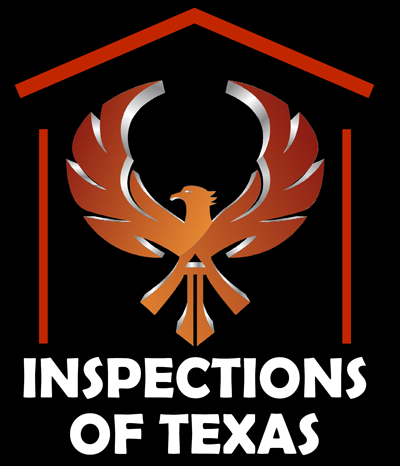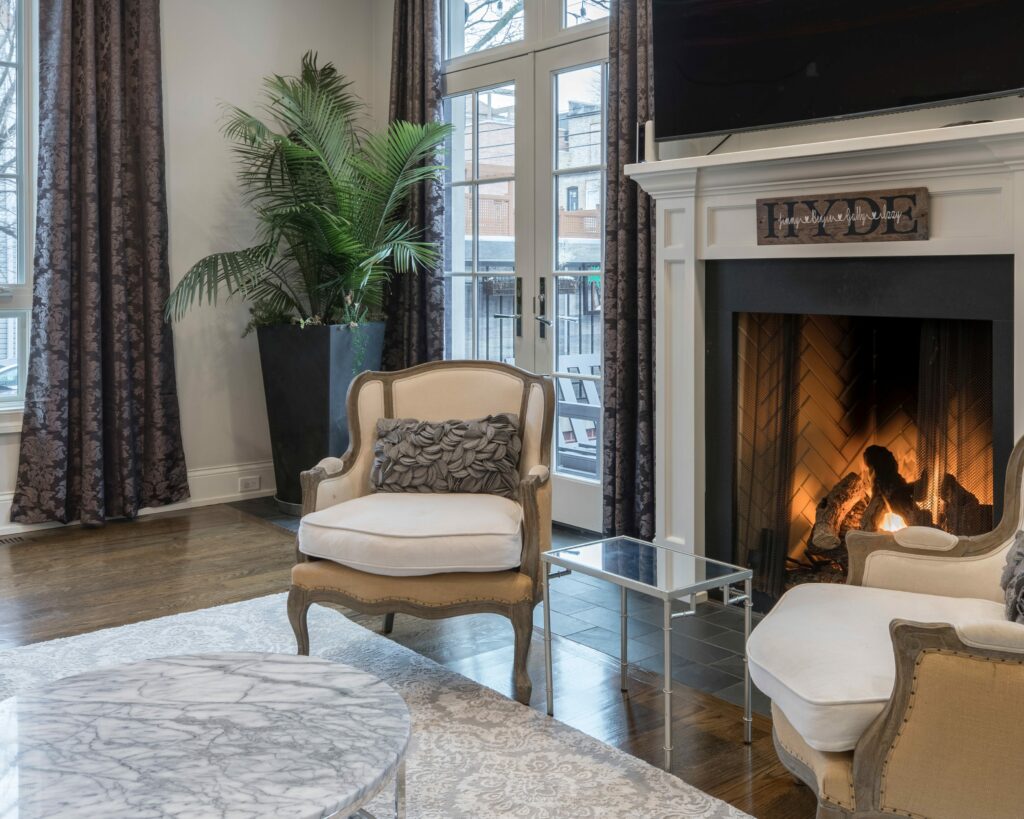While most of us love the inviting atmosphere of a fireplace, there are 5 signs of trouble you should look for before lighting your fireplace this winter:
1. Firebox Cracks. The firebox is the area where all the magic happens in a fireplace. It is the area with the most intense heat. Firebox inserts must withstand up to 2100 degree heat. With all the repeated heating and cooling from burning wood, the mortar between the bricks can crack. The bricks themselves can also crack. Once gaps form in the firebox, they are dangerous and should not be used until they are repaired. A major risk is that hot gases will escape into the cracks and can cause the house to burn down.
2. Chimney cracks. There is a liner that protects the walls from the hot gases and byproducts of the fire. Liners can be metal, clay, or cast-in-place. They are inside the chimney, so the part that is seen is the exterior. Cracks or deterioration of the mortar can allow toxic gases such as carbon monoxide to escape into the home, which is deadly. In extreme cases cracking can indicate that the chimney is structurally unsafe too.
3. Chimney Cap. The metal cap at the very top keeps rain and animals out of the chimney liner and flue. It also allows the combustion byproducts to safely exit. If it shows signs of rust or physical damage, it might no longer protect the inside of the chimney. Moisture will deteriorate the inside of the chimney and make it unsafe.
4. Chimney Crown or Chase. A chimney chase is a metal cover that diverts water away from the top. A crown performs the same function, but is made of cement. Both of these should be below the cap, protecting the inside of the chimney. They must stay sealed to prevent moisture from entering. Repairs or replacement are necessary if rust or cracks develop to preserve the function of the fireplace.
5. Creosote Buildup. The accumulation of creosote is dangerous. Creosote is that crusty and flaky, black or brown substance. It can be tar-like and sticky or shiny and hardened. Either way, it is highly combustible and can cause the structure to catch fire. Creosote is more likely to build up if unseasoned wood is burned or the air supply is restricted. Annual inspections and cleaning are recommended to keep the flue clean and safe.
Don’t play with fire. Call a professional certified chimney sweep to clean and evaluate the condition of your fireplace before using it. Then you can relax and enjoy the warmth of a real fireplace.

